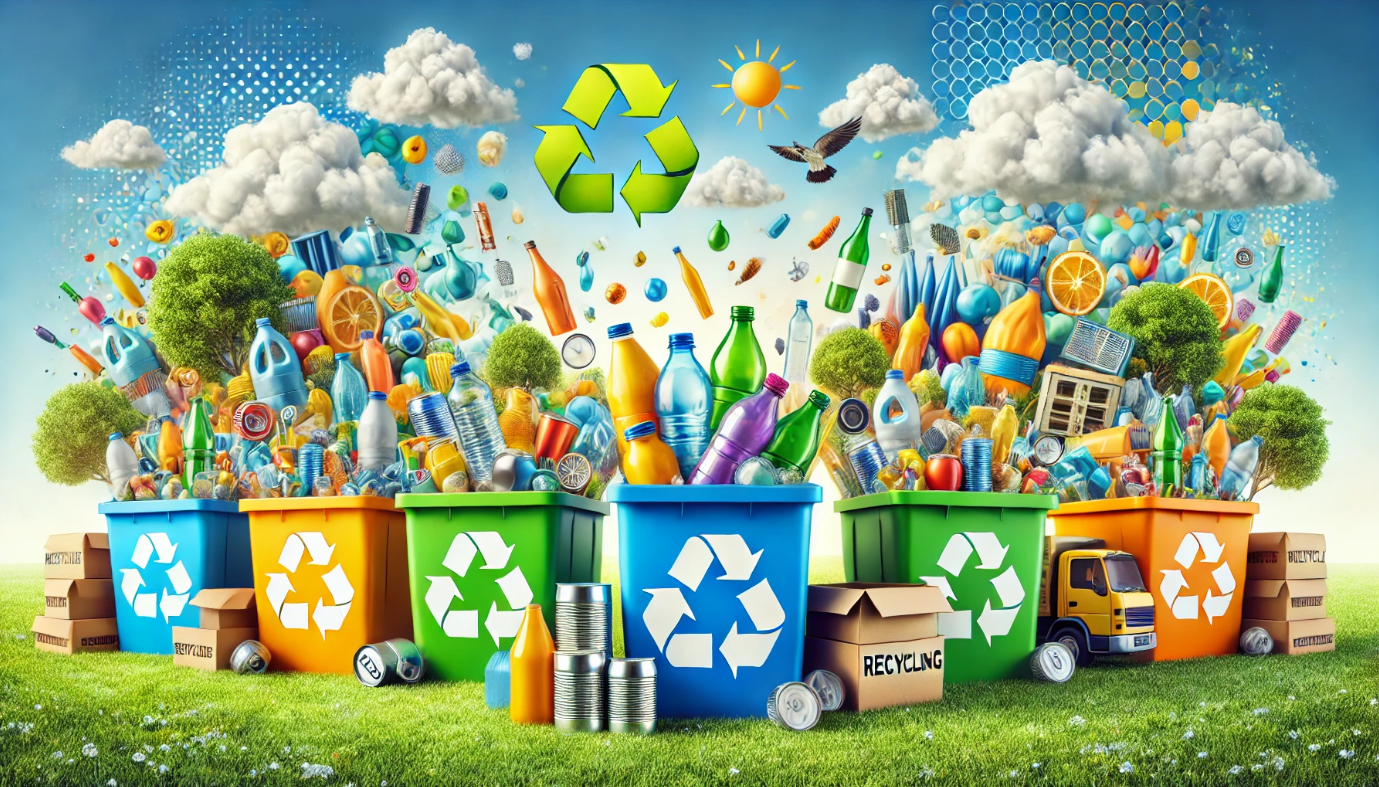
Recycling Unwanted Items: A Practical Guide for Eco-Friendly Disposal
With environmental awareness on the rise, more people are looking to dispose of unwanted items responsibly. Recycling unwanted items not only reduces landfill waste but also conserves resources and supports eco-friendly habits. This guide will walk you through practical ways to recycle various household items, from old electronics to worn-out furniture, so you can make greener choices with ease.
Why Recycling Unwanted Items Matters
Recycling is more than just sorting plastics and cardboard. Here’s why it’s essential:
- Environmental Impact: Recycling reduces waste, conserves natural resources, and limits pollution.
- Resource Conservation: Items like metals, glass, and electronics contain valuable materials that can be reused.
- Energy Savings: Manufacturing from recycled materials uses less energy than creating items from raw resources.
- Community Benefit: Recycling programs create jobs and support local businesses focused on waste management and material recovery.
Clothing and Textile Recycling
Clothing and textiles make up a significant portion of landfill waste. While donation is often the best option for gently used clothing, damaged items can also be recycled.
Where to Recycle Clothing:
- Donation Centers: Goodwill, Salvation Army, and other nonprofits accept wearable clothes.
- Retail Programs: H&M, Levi’s, and other stores have recycling programs where customers can drop off textiles, sometimes in exchange for discounts.
- Textile Recycling Bins: Some areas have dedicated bins for textile recycling, accepting all fabrics, even if they’re torn or stained.
Furniture Recycling and Disposal
Furniture is one of the most challenging items to dispose of due to its size. However, there are options available:
- Donation Centers: Habitat for Humanity and other local organizations accept gently used furniture.
- Recycling Services: Many junk removal services offer eco-friendly disposal and ensure that recyclable parts are recovered.
- Upcycling Options: Some creative folks turn old furniture into new items. Consider donating to upcyclers or DIY enthusiasts in your community.
Plastic Bags and Film Recycling
Curbside recycling usually doesn’t accept plastic bags or films due to their lightweight and potential to clog sorting machines. However, many retailers offer recycling bins specifically for these items.
- Drop-Off Locations: Most large grocery stores have bins for plastic bags and other films, like product wrap or cereal box liners.
- Avoiding Plastic Bags: Reduce the number of bags you need to recycle by using reusable shopping bags.
Common Unwanted Items and How to Recycle Them
Not all items are accepted in curbside recycling, so it’s essential to know the correct disposal method. Here’s a breakdown of common unwanted items and where they can be recycled.
| Item Type | Disposal Method | Recycling Location Example |
|---|---|---|
| Electronics (E-Waste) | Take to e-waste recycling facility | Best Buy, local e-waste events |
| Clothing & Textiles | Donate if wearable, or textile recycling | Goodwill, H&M, dedicated textile recycling bins |
| Furniture | Donate if reusable, or contact recycling services | Habitat for Humanity, local furniture recyclers |
| Plastic Bags & Films | Drop-off at plastic film recycling locations | Many grocery stores, dedicated recycling bins |
| Household Batteries | Take to battery recycling drop-offs | Local hardware stores, electronic stores |
| Appliances | Schedule with appliance recyclers | Best Buy, local scrap metal yards |
| Glass & Metal | Check with local recycling centers | Curbside (if accepted), local recycling facilities |
Steps for Recycling Unwanted Household Items
Recycling can be simple when you have a clear process. Follow these steps to make the most of your recycling efforts:
- Sort Your Items:
- Separate items by type (e.g., electronics, clothing, furniture).
- Organize smaller recyclables like batteries or bulbs in containers.
- Identify Local Resources:
- Search online for local recycling centers or community drop-off locations.
- Many items, like electronics and plastics, require specialized facilities.
- Check Item Condition:
- If items are in usable condition, consider donation.
- For damaged items, research recycling requirements as some centers charge fees.
- Prepare Items for Drop-off:
- Remove personal data from electronics.
- Clean and disassemble large items like furniture, if necessary.
- Follow Recycling Guidelines:
- Certain items, like paint or electronics, may require specific handling.
- Look up instructions to ensure you’re following safe disposal practices.
Electronics (E-Waste) Recycling
Electronic waste, or e-waste, includes items like cell phones, computers, TVs, and batteries. These items contain hazardous materials, but they also contain valuable resources, such as metals and plastics, that can be recycled.
How to Recycle E-Waste:
- Retailer Drop-Offs: Stores like Best Buy and Staples accept old electronics for recycling.
- Community Events: Some cities hold e-waste recycling days where residents can drop off items.
- Manufacturer Take-Back Programs: Many electronics brands, like Apple and Dell, offer recycling programs for their products.
Frequently Asked Questions About Recycling Unwanted Items
Q: Can I recycle old electronics at home?
Most electronics require specialized recycling due to hazardous components. It’s best to use designated e-waste facilities.
Q: What’s the best way to dispose of old clothing?
If the clothing is still wearable, donate it. Otherwise, look for textile recycling bins or retailer programs.
Q: Do I need to pay for furniture recycling?
Some services may charge a fee for large items. However, donation centers may accept usable furniture for free.
Q: Can I recycle plastic bags in my curbside bin?
No, plastic bags can clog recycling machinery. Instead, take them to dedicated recycling bins often found in grocery stores.
Q: How do I recycle batteries and light bulbs?
Many hardware stores and e-waste facilities accept household batteries and light bulbs for recycling.
